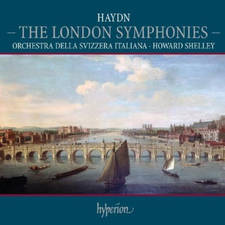Gaetano Donizetti: Lucia di Lammermoor
Australian soprano Dame Joan Sutherland made her name performing coloratura repertoire.
Literally meaning ‘colouring’, the term refers to particularly high-octane vocal gymnastics at the top of a soprano’s register, designed to challenge the performer to their limits and wow audiences in the process. Dame Joan became famous for her performances of the Mad Scene from this Donizetti opera; it remains perhaps the greatest operatic challenge for any coloratura soprano today.
While the music in Lucia di Lammermoor is both extraordinarily accomplished and structurally coherent, the same cannot be said of the plot. Donizetti wasn’t the first composer to set a farcical, disjointed story to music – and he surely won’t be the last – but this one really stretches things to the limit. The opera follows the misfortunes of two feuding Scottish families, a political mission to France, forgery, a forced marriage, utter madness and suicide.
Aside from the famous Mad Scene in the third act, the other crowning glory of Lucia di Lammermoor is the glorious Sextet, which, when performed well, cannot fail to send shivers down the listener’s spine. Donizetti skilfully ensures all six characters have individual musical lines and distinct phrasing to distinguish them from the other five performers. As a result, within this heavenly blend of sound, there are also six different melodic ideas, all woven together to create something truly magical.
Recommended Recording
Joan Sutherland (soprano) as Lucia; Sherrill Milnes (baritone) as Enrico; Luciano Pavarotti (tenor) as Edgardo; Orchestra and Chorus of the Royal Opera House; Richard Bonynge (conductor).
Decca: 4101932.


